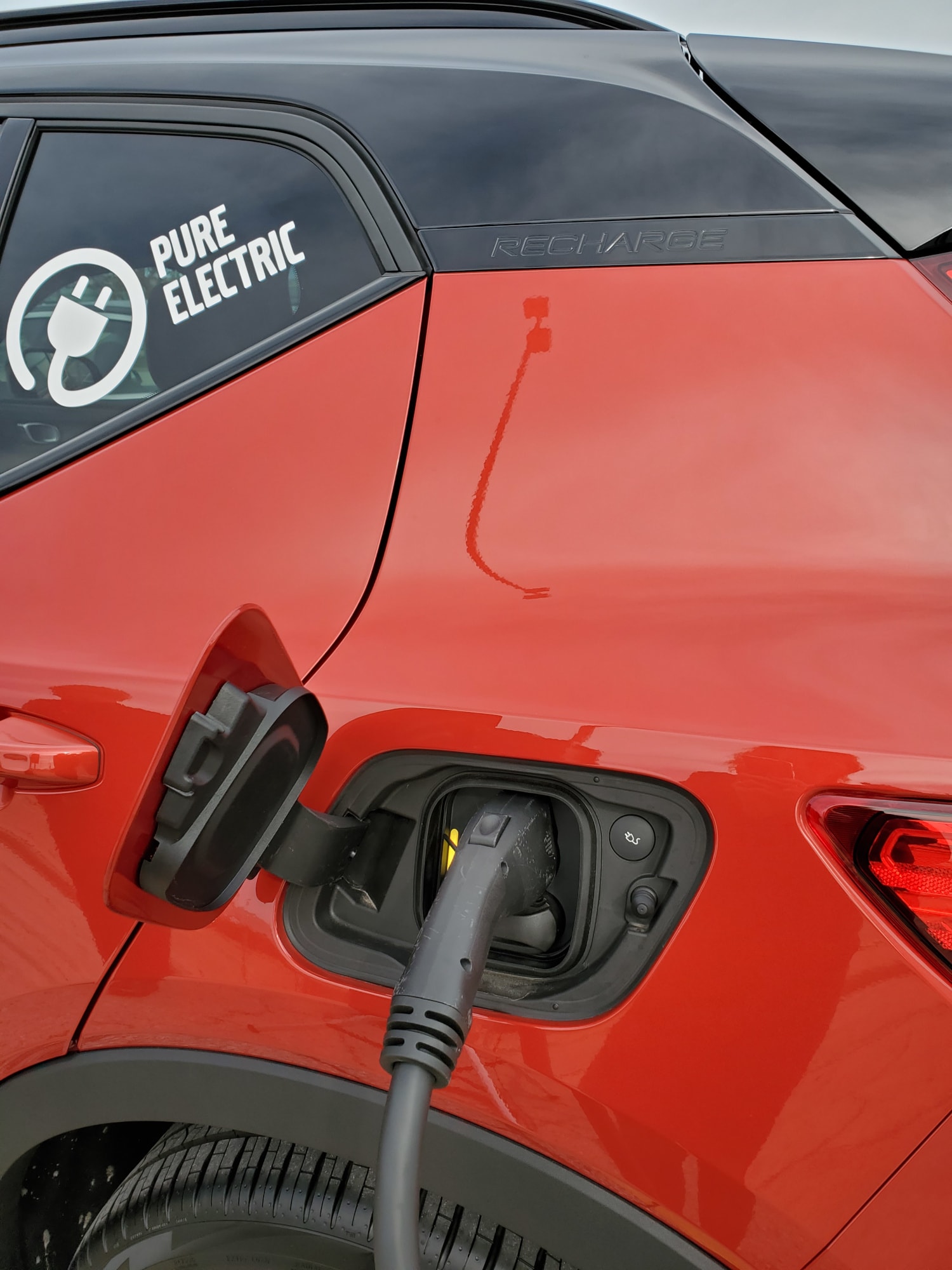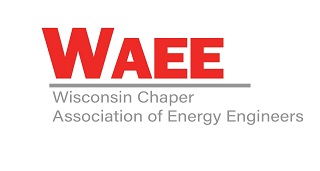
It’s no surprise that the number of electric vehicles (EVs) on the road is growing. The growth is outpacing the eMobility charging infrastructure for many reasons:
- More mainstream car manufacturers are offering fully electric or plug-in hybrid models, including electric versions of some of their most popular vehicles.
- New vehicle startups like Rivian and Canoo are making a splash in the marketplace.
- Fuel prices are on the rise. With global conditions creating unpredictable fluctuations in fuel costs and availability, more people are willing to consider switching to electric vehicles.
- On both coasts of the United States, government mandates are accelerating the adoption of eMobility for personal vehicles and corporate fleets.
Regardless of the reasons, the growing imbalance between active EVs and limited charging stations is creating a need to rapidly deploy charging infrastructure projects to reduce range anxiety and further increase EV adoption. Here’s what you need to know.
Options for EV Infrastructure Deployment
There are two basic approaches to implementing charging infrastructure: using electricity supplied by the main utility grid or using electricity created by microgrid solutions, which may feature onsite solar power or other clean energy sources. Ideally, a combination of both approaches can create a rapidly deployable charging solution that proactively manages any potential capacity issues for the local utility.
Whether personal or fleet, every EV adds to the local electrical load and affects capacity at the utility level. For example, charging one EV with a Level 2 Charger is equivalent to a day and half of the energy used by a typical home. Looking ahead, eMobility charging is in the early stages compared to what it will be in the next few years.
Do You Have the Electrical Capacity for EV Charging?
After years of trying to conserve energy to manage increasing demand for electricity, EV charging is adding a whole new level of demand across the nation. In fact, if your plan for EV charging relies solely on local utility upgrades to your electrical capacity at your home or business, parts of the country are experiencing waits of up to 12-24 months for these upgrades to be made.
To combat this delay, the experts at EnTech Solutions believe using clean energy charging stations powered by solar and paired with battery storage will help increase capacity. Contrasting the long waits and limited load available through local utility grids, EnTech Solutions can install up to four L2 charging ports in less than two weeks with the total project completed in less than two months.
How is Rapid Deployment Possible?
How can EnTech Solutions get eMobility charging projects up and running so quickly?
- Proven project management systems. We employ a conceptual design process that efficiently gathers all the information and specifications needed to estimate, design and complete your project.
- Reducing supply chain impact whenever possible. We keep common parts and supplies for EV charging projects in stock, anticipating demand for rapid deployment.
- Modular microgrid platform. Our modular platform enables almost infinite design solutions to create an efficient streamlined process for your project.
- Ability to operate off the grid. Thanks to creating clean energy onsite using renewable solar power, use your newly constructed charging station immediately while you wait for permits and permissions to tie in to the utility grid. Together, your grid-tied and off-grid solution creates a resilient, reliable end product.
- Optimal manufacturing techniques. We can build large portions of your project at our offsite facility to mitigate external factors such as weather and space constraints and keep your project on schedule.
eMobility Infrastructure vs Fuel Infrastructure
While auto manufacturers and dealerships are doing their part to include charging stations at every location, the eMobility charging infrastructure will look different from the fueling station infrastructure.
There is a gas station at almost every highway exit and scattered throughout every city and town—it only takes a few minutes to fill your gas tank.
That’s not how EV charging works at this time. Realistically, even a DC fast charger requires 30-45 minutes for a full charge, depending on the vehicle. We anticipate charging stations popping up at retail and hospitality locations in order to let consumers charge on-the-go while they run errands, eat at a restaurant, or watch a game. Patrons are “topping off” their charge throughout the day. Some of the most common places charging stations are popping up include:
- Grocery stores. A project we completed in Dane County, Wisconsin, averages nearly a dozen charges per day resulting in more than 500 charging events over the last three months.
- Restaurants. Fill up your EV while you enjoy a meal with family or friends.
- Airports, train stations and commuter lots. Both short-term and long-term lots can feature EV charging to enable travelers to return to a fully charged vehicle.
- Public parking lots and ramps. Often centrally located in work or entertainment districts, people can charge while they work or play.
- Sports venues. It’s easy to charge during a game or event.
- Hotels, apartment complexes and condo developments. Chargers add convenience for residents and guests of community residential or hotel complexes.
- Businesses using EV fleets. Vehicles must be recharged between routes.
- Large employers. Charge while you work. It can be a great perk for employees and can demonstrate your commitment to sustainability.
eMobility: A Positive Impact
We are getting feedback from customers that their charging station has become a differentiator, giving them preferred status over their competitors in drawing in new customers and employee retention. You can be part of the infrastructure solution.
To learn more information about how fast and easy it can be to install a clean energy EV charging station, contact the energy experts at EnTech Solutions.
Thank you for checking out the EnTech Solutions blog. To stay up to date with technologies, developments and trends about clean energy, please subscribe.








